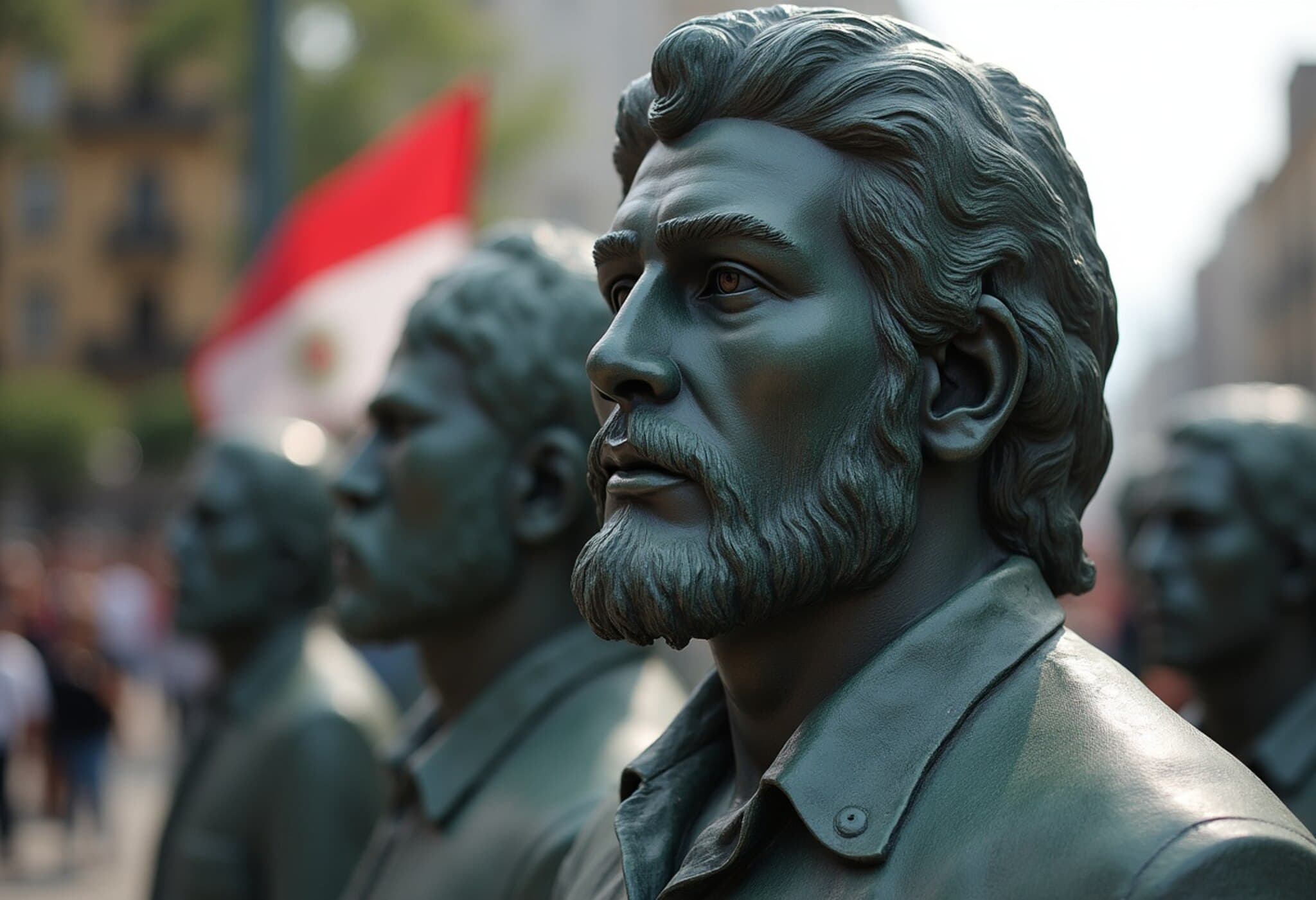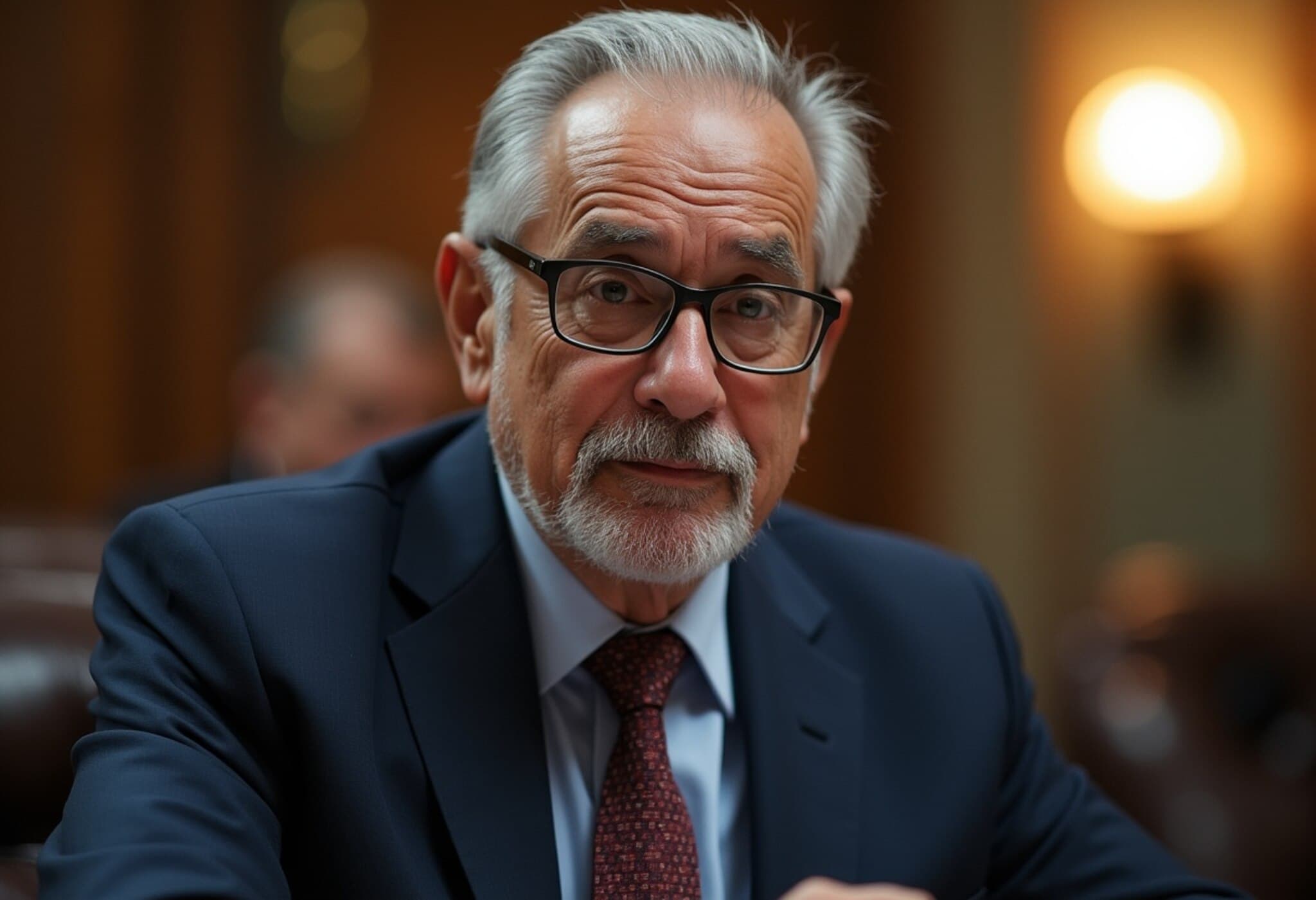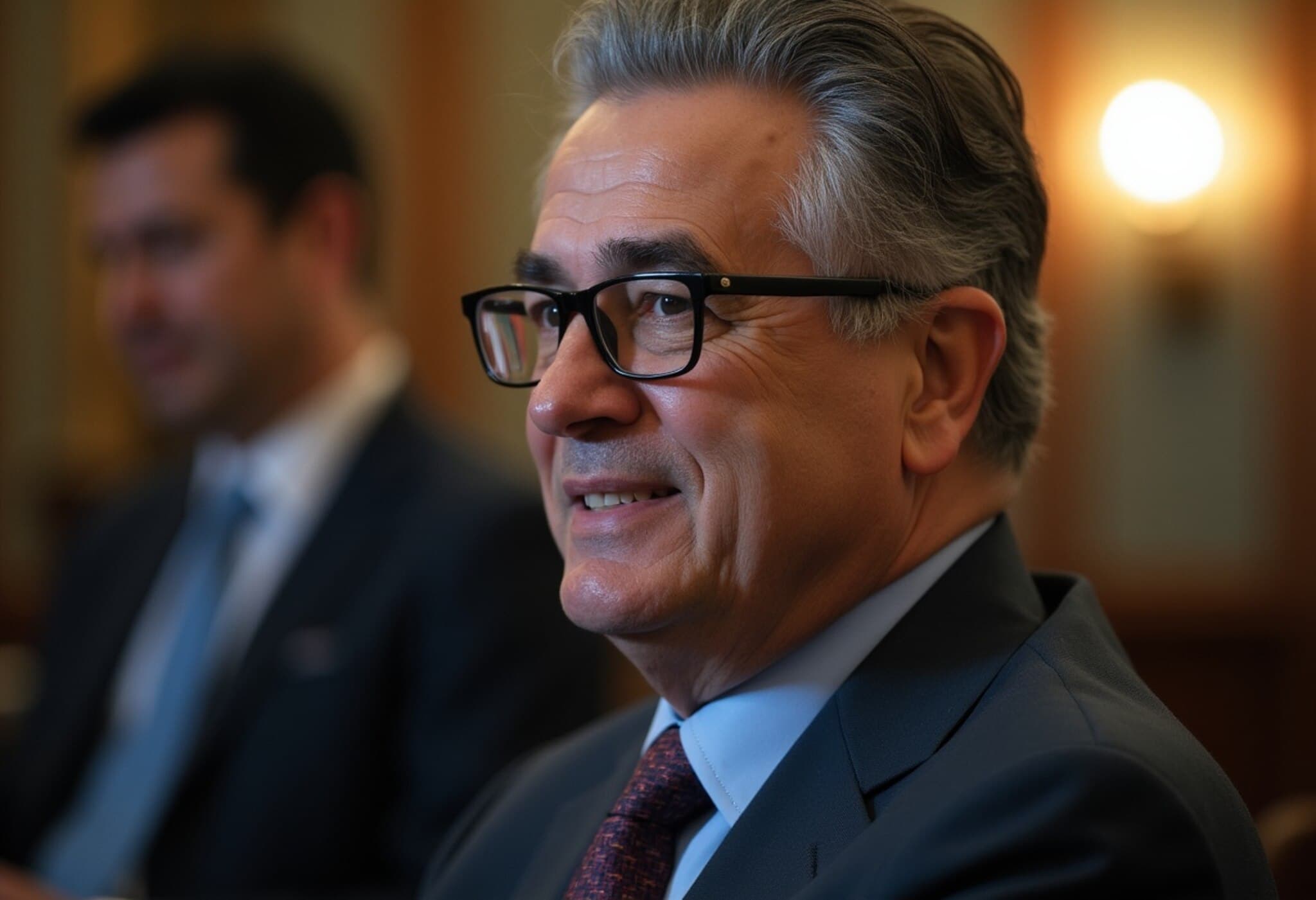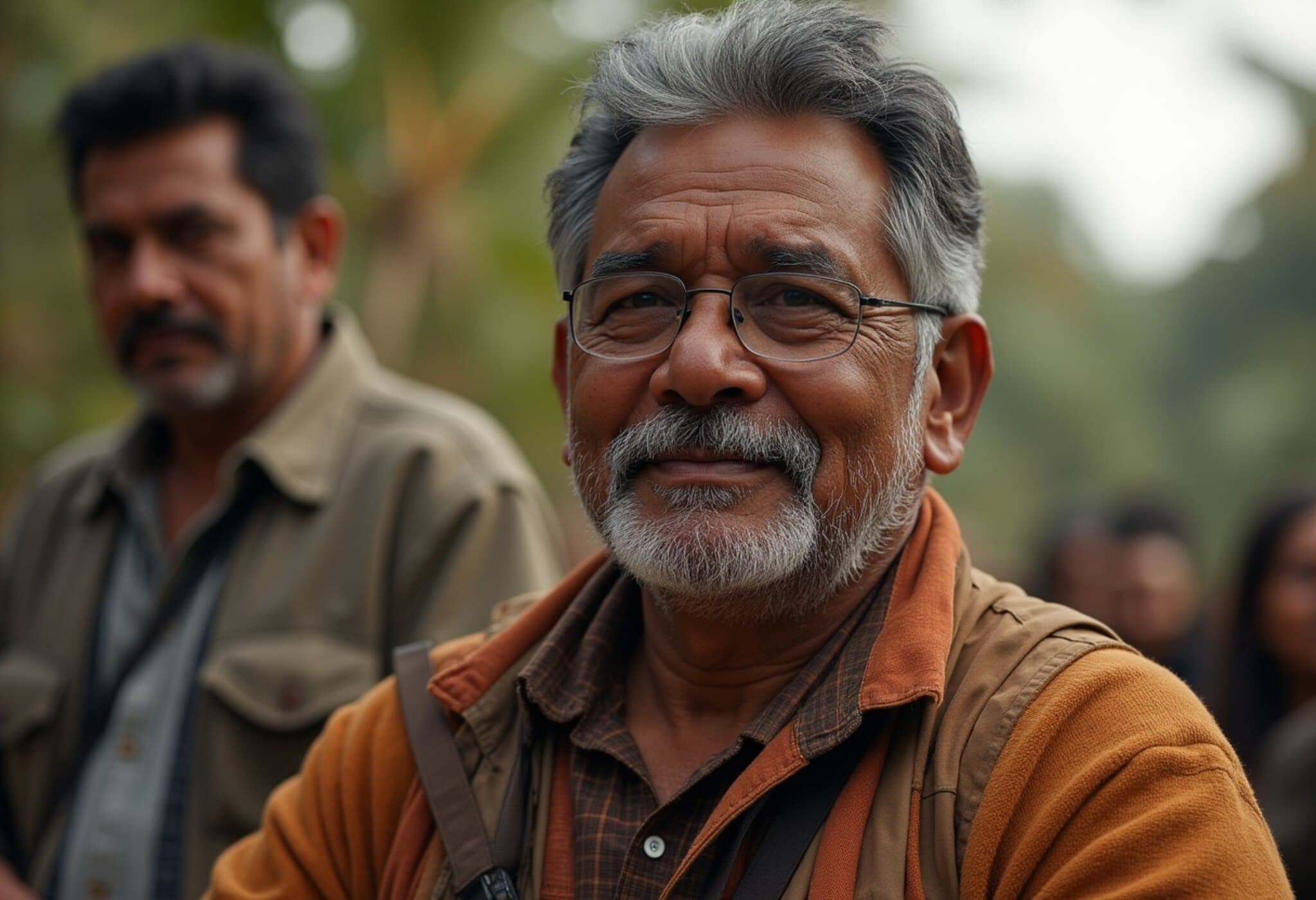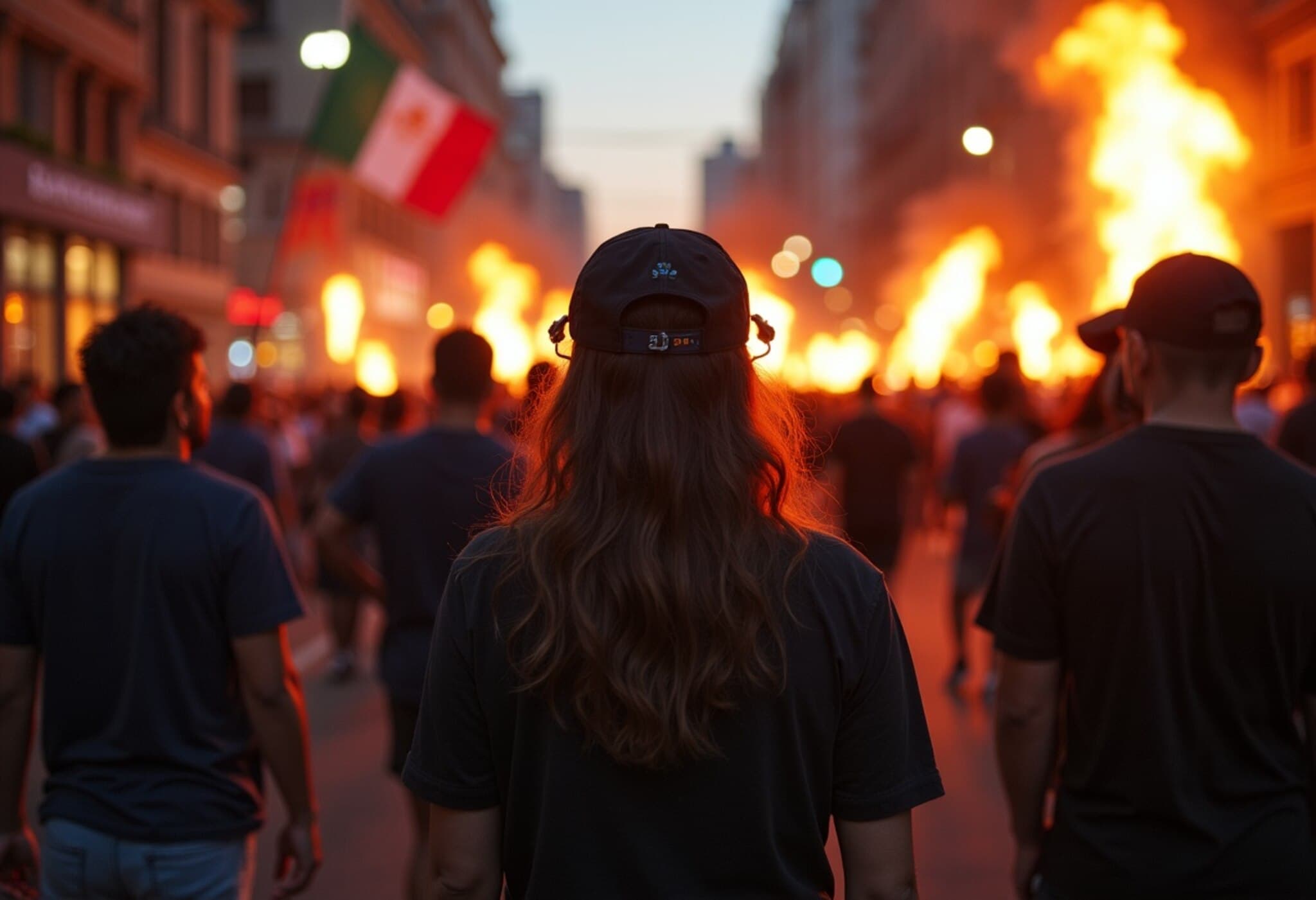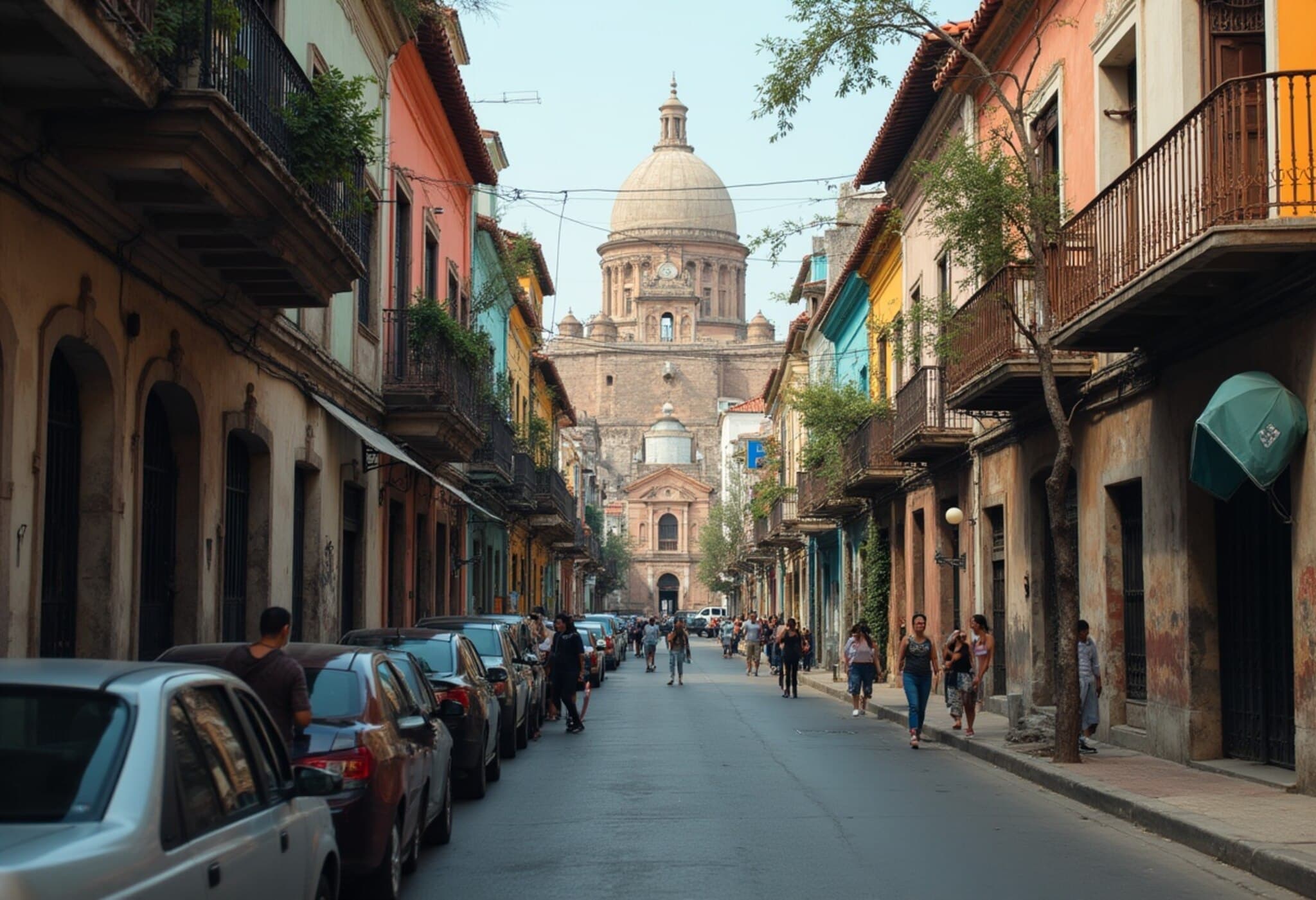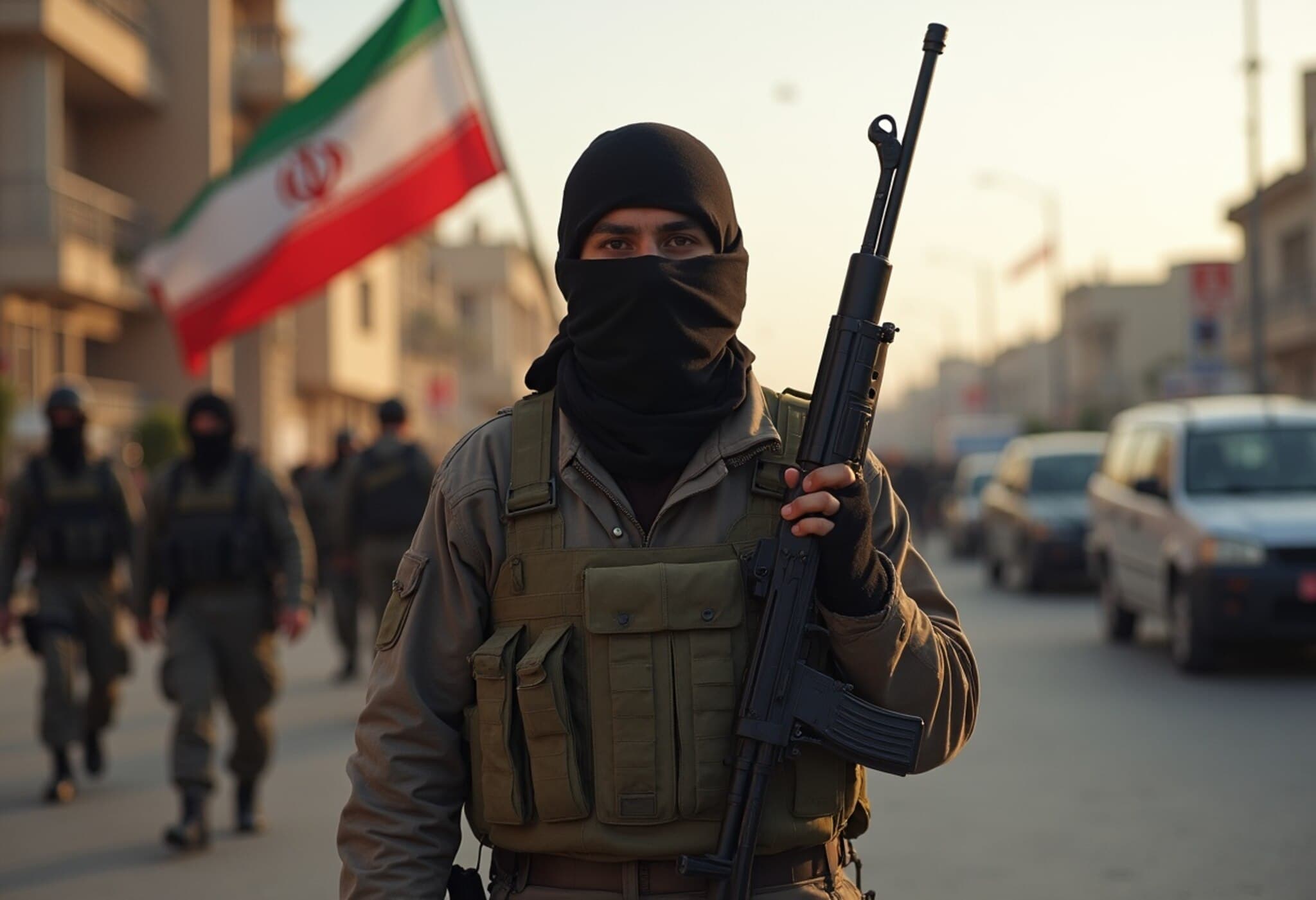Mexico City’s Recent Decision Sparks Fierce Debate Over Historical Memory
In a move that has stirred passionate emotions across Mexico and beyond, statues of Fidel Castro and Che Guevara, iconic figures of the Cuban Revolution, were removed last week from Mexico City’s Jardin Tabacalera. The decision by local mayor Alessandra Rojo de la Vega has reignited a profound debate over how societies remember controversial historical figures and reckon with their legacies.
From Revolutionary Icons to Controversial Figures
The statues commemorated the historic meeting in 1955 between Castro and Guevara in Mexico City, a pivotal moment when plans were laid that would lead to the Cuban Revolution and reshape Latin American geopolitics during the Cold War. Erected in 2017, the memorial symbolized Mexico City’s recognition of its role as a crucible for revolutionary thought and action. Yet these same figures evoke vast and conflicting interpretations.
For many, Fidel Castro, who ruled Cuba for nearly five decades, represents defiance against U.S. imperialism and the promise of revolutionary change. Che Guevara remains a global symbol of rebellion and anti-colonial struggle. However, critics argue that their ideologies came at a severe human cost. Reports of political repression, imprisonment, and lack of basic freedoms under Castro’s regime are central to this perspective.
Local Government’s Ethical Stance and National Response
Mayor Alessandra Rojo de la Vega justified the removal with strong language, labeling the two men as "murderers" whose legacy “continues representing a lot of pain.” She emphasized the suffering of those silenced and persecuted during their rule and highlighted the ongoing hardships such as food shortages and economic difficulties faced in Cuba today.
“Governing isn’t about choosing which victims to show solidarity to,” Rojo de la Vega stated, underscoring the ethical dilemma in honoring figures with polarized legacies.
This act quickly drew condemnation from the highest offices in Mexico, including the presidency, reflecting a split in political and public opinion. Supporters argue that memorials should celebrate heroes of liberation, while opponents claim public spaces must not glorify figures associated with violence and oppression.
The Broader Context: Historical Memory and Public Spaces
This incident is part of an international conversation happening from the U.S. to Latin America about how societies confront complex histories. Public monuments can serve as powerful narratives of identity and values—but they can also embody contested memories that exclude marginalized voices.
In the American context, movements aimed at reevaluating Confederate statues have parallels here. Questions arise about who is commemorated, why, and what messages monuments send to diverse communities. Mexico’s decision invites reflection on how Latin American countries grapple with legacies of revolution, colonialism, and political violence, and how these histories shape contemporary identity and foreign relations.
Expert Insight: Balancing Historical Legacy and Social Harmony
From a policy and social cohesion perspective, the removal spotlights the tension between honoring historical figures and acknowledging the pain their actions caused. Experts note that reconciling these narratives requires inclusive dialogue and perhaps new forms of commemoration that contextualize rather than celebrate controversial individuals.
For Mexico, which has long walked a delicate line between its revolutionary past and its complex relationship with the United States and Cuba, these decisions carry significant cultural and political weight.
Looking Ahead: What This Means for Mexico and Latin America
- Memory and Justice: The debate challenges institutions to create spaces for reflection, teaching younger generations about the full spectrum of history, including both achievements and violations of human rights.
- Diplomatic Implications: The statues’ removal might affect Mexico-Cuba relations, illustrating how symbolic actions can ripple into foreign policy.
- Public Engagement: Encouraging citizens to participate in discussions about monuments could foster reconciliation and a more nuanced historical consciousness.
Editor's Note
The removal of Fidel Castro and Che Guevara’s statues in Mexico City transcends a simple act of urban décor change—it reveals the continuing struggle over historical memory and identity in Latin America. As nations worldwide grapple with painful legacies, this episode challenges us to consider: How should societies honor complex pasts while promoting healing and unity? Can new frameworks for public memory emerge that include diverse voices and experiences? Thoughtful discourse is essential as Mexico navigates these unresolved questions, reminding us that history is never fixed but lives in the present.

